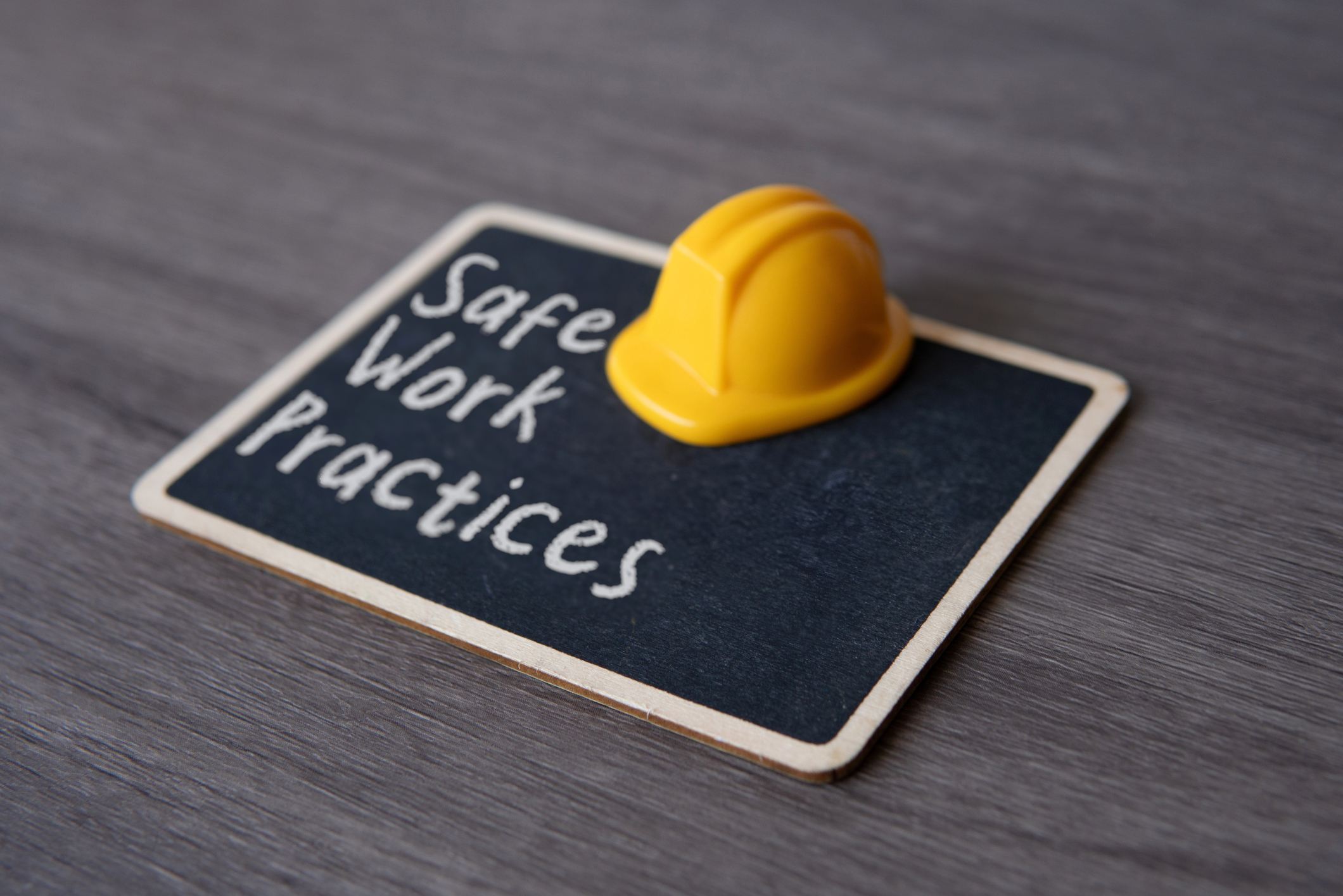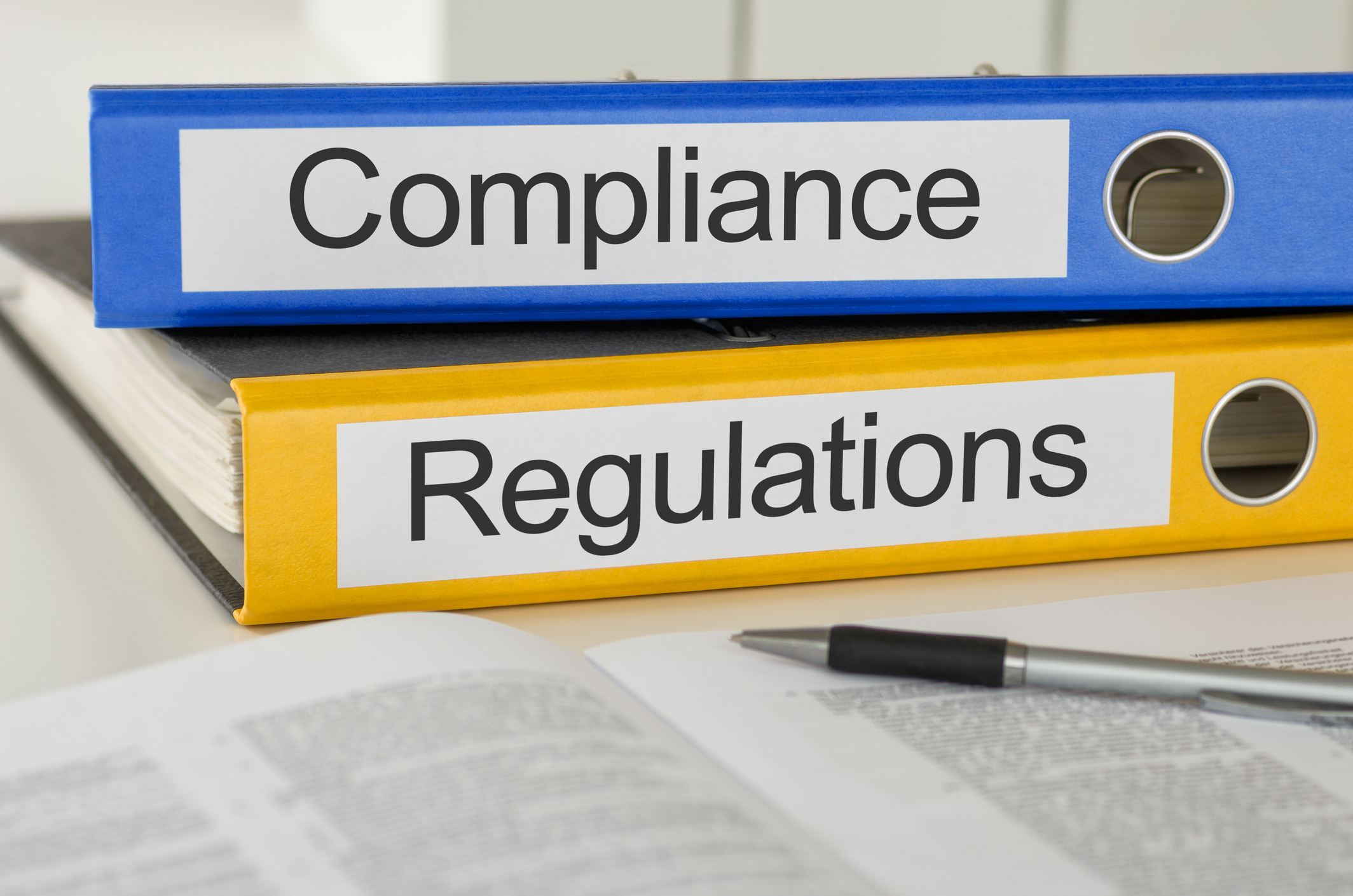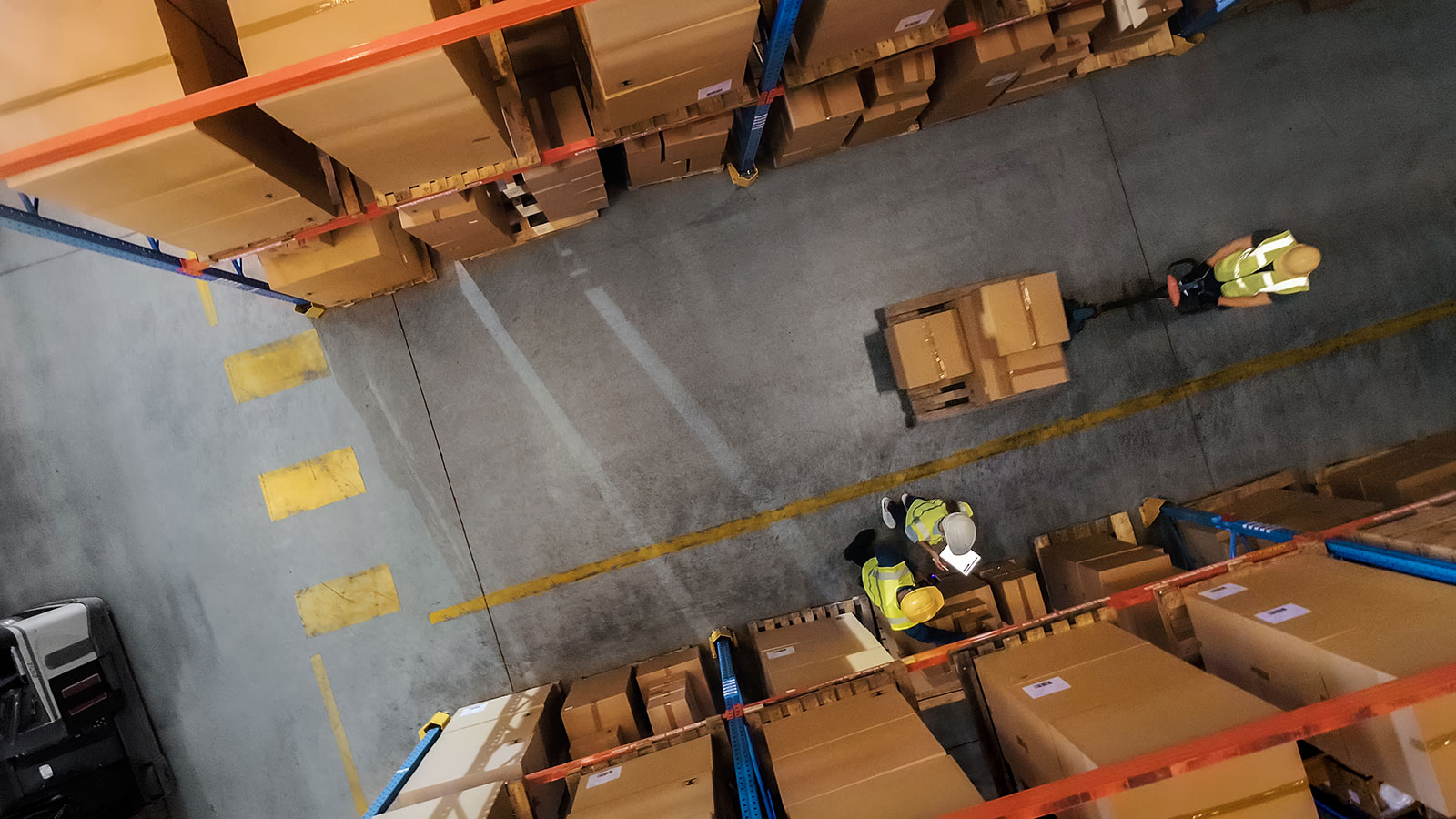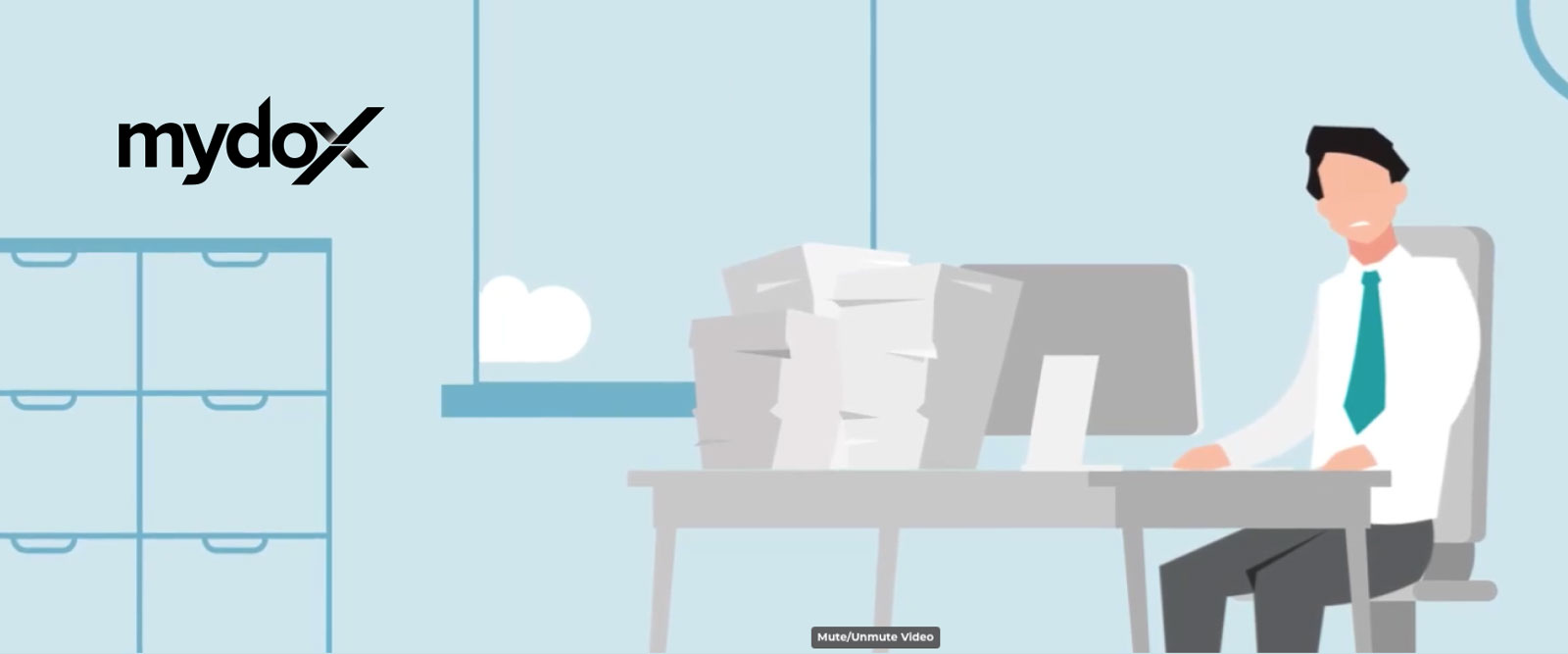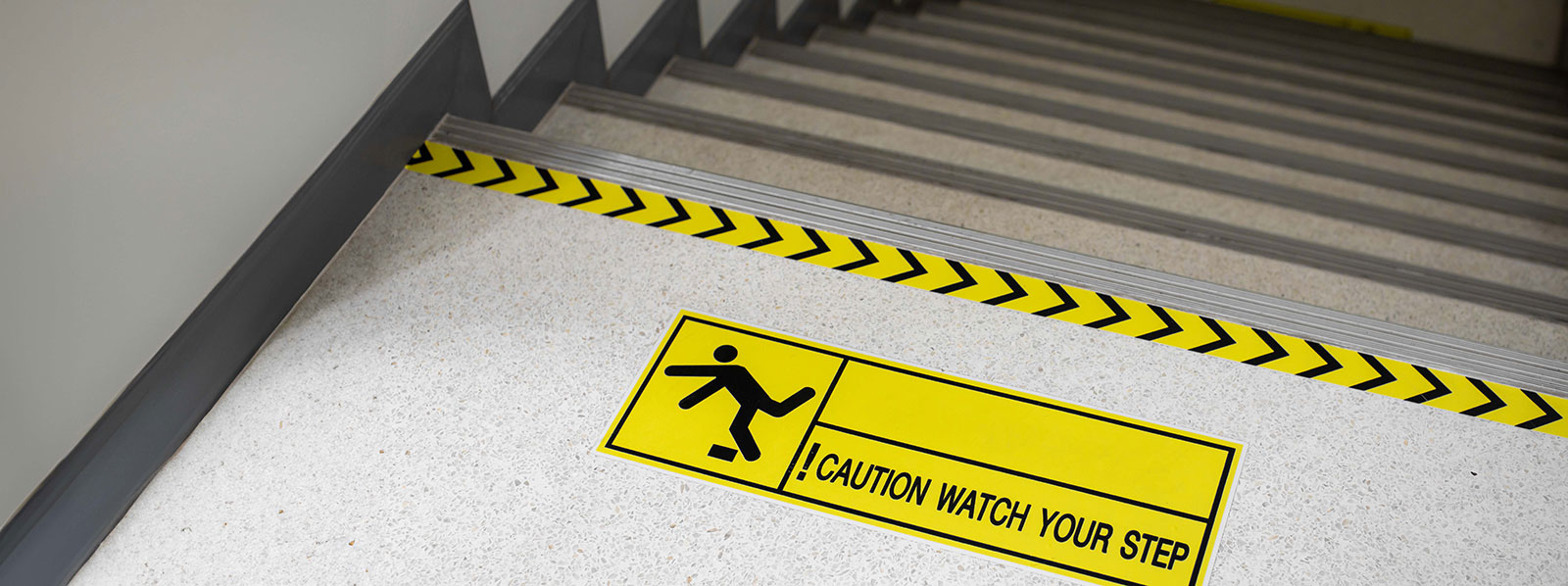
Healthcare and aged care are tough industries. Long shifts, emotional labour, and dealing with patients or families in crisis make the job rewarding but demanding.
For years, safety systems focused on physical risks like manual handling, slips and trips, or infection control. Now regulators are focused on psychosocial hazards — risks that affect mental health, such as fatigue, stress, aggression, and bullying.This isn’t just about wellbeing programs. In Australia, managing psychosocial hazards is a legal duty.
Who’s Responsible and What the Law Says
Under WHS and OHS laws, the responsibility sits with a PCBU (Person Conducting a Business or Undertaking). In simple terms, if you run the workplace — whether it’s a hospital, aged-care facility, healthcare company, or a contractor employing staff — you’re legally responsible for managing psychosocial risks.
In most of Australia (Commonwealth, NSW, QLD, SA, ACT, NT, TAS), the WHS Act and Regulations explicitly require employers to manage these hazards, supported by the Model Code of Practice: Managing Psychosocial Hazards at Work from Safe Work Australia.
Victoria is slightly different. Employers already have duties under the OHS Act 2004, and from 1 December 2025, the new Occupational Health and Safety (Psychological Health) Regulations 2025 will spell out more detailed requirements.You can also refer to the WorkSafe Victoria Compliance Code: Psychological Health for practical guidance.
What Does This Mean in Practice?
TThe law expects healthcare providers to:
- Identify hazards like fatigue, workload stress, bullying, and patient aggression.
- Assess the risks by considering how likely they are to cause harm and how serious the impact could be.
- Control the risks with practical measures such as safe staffing levels, aggression-prevention training, fatigue management, or clear reporting channels.
- Consult with staff and review controls regularly.
Think of it as the same cycle you’d use for chemicals or machinery, but applied to mental-health risks.
What Happens If You Don’t?
Regulators are already enforcing these laws. In Victoria, a government agency was fined nearly $380,000 for failing to address a toxic workplace culture. In Western Australia, a state department is facing charges under the WHS Act, with potential penalties in the millions.
Beyond fines, psychological-injury claims are climbing fast. Safe Work Australia reports that mental-health claims cost almost three times more and last much longer than physical-injury claims, according to its Psychological Health in the Workplace Report (February 2024).
Add in burnout, absenteeism, and high turnover, and the risks to your business are clear.
How to Stay Ahead
You don’t need another compliance headache. What you do need is proof that psychosocial risks are being identified and managed. That can be as simple as:
- Talking with staff about what’s putting them under pressure
- Logging psychosocial hazards alongside physical ones
- Tracking actions and checking they’re working
- Keeping clear records of what’s been done
Where Mydox Helps
That’s where Mydox makes life easier.
It gives you real-time oversight, so both psychosocial and physical risks can be tracked in one place. Managers, supervisors, and safety reps stay aligned — even if many staff (including volunteers, casuals, or part-timers) don’t have direct access to the system.
And it’s affordable. Unlike traditional SaaS platforms that charge per user, Mydox is designed to involve your whole workforce without blowing out the budget.
The result is a compliance system that’s simple, scalable, and built for the realities of healthcare.
In Summary
Managing psychosocial risks is no longer optional — it’s a legal duty.
Mydox helps healthcare providers document, track, and review those risks in one place, making compliance easier and safer for everyone.
Psychosocial Risk Self-Assessment Checklist
Managing psychosocial risks is now a legal duty. This short checklist helps you review how your organisation identifies and manages psychosocial hazards — from fatigue and stress to workplace aggression.
Complete the form below to receive your free checklist and see how your controls stack up against the new WHS standards.






